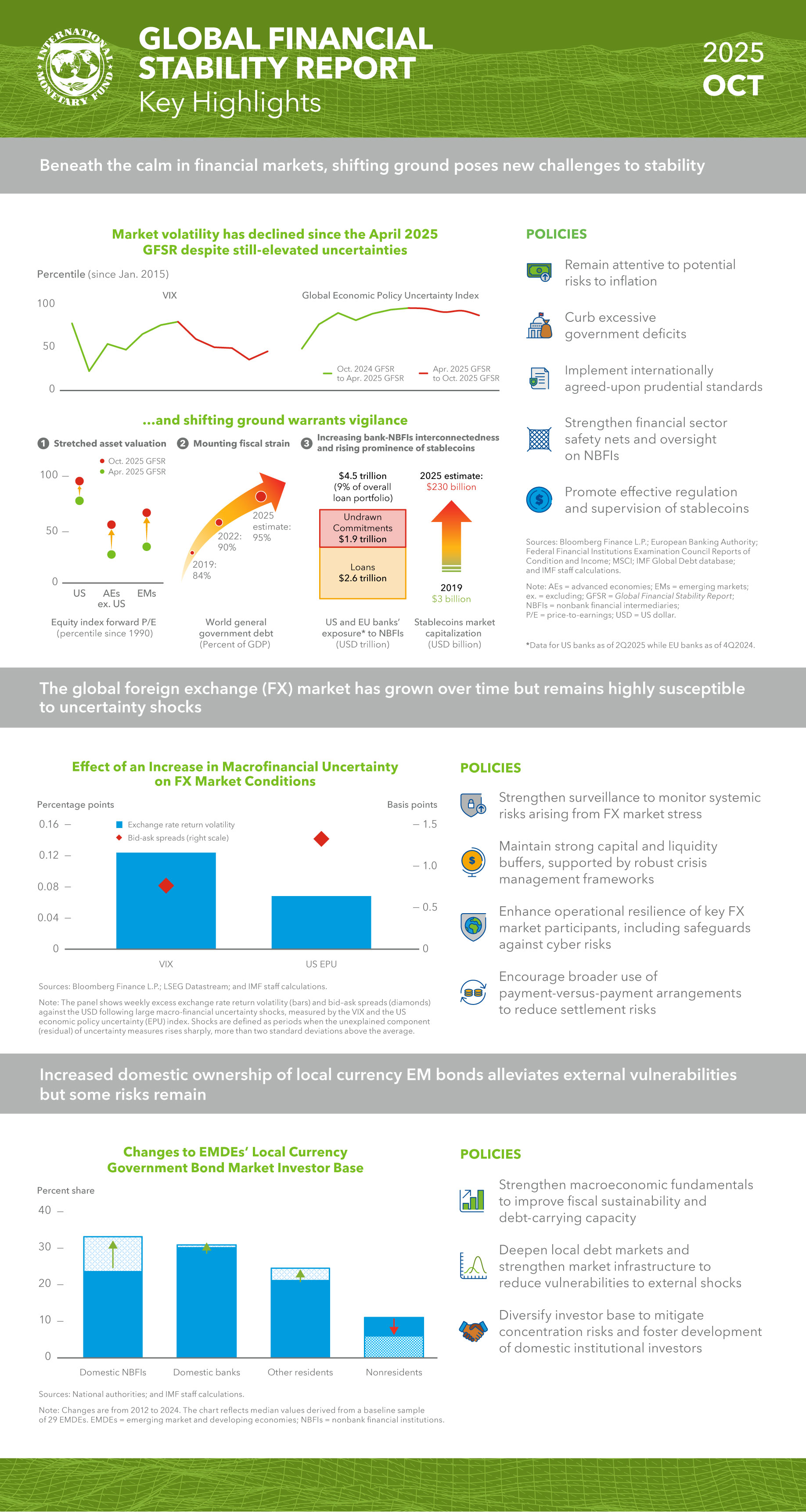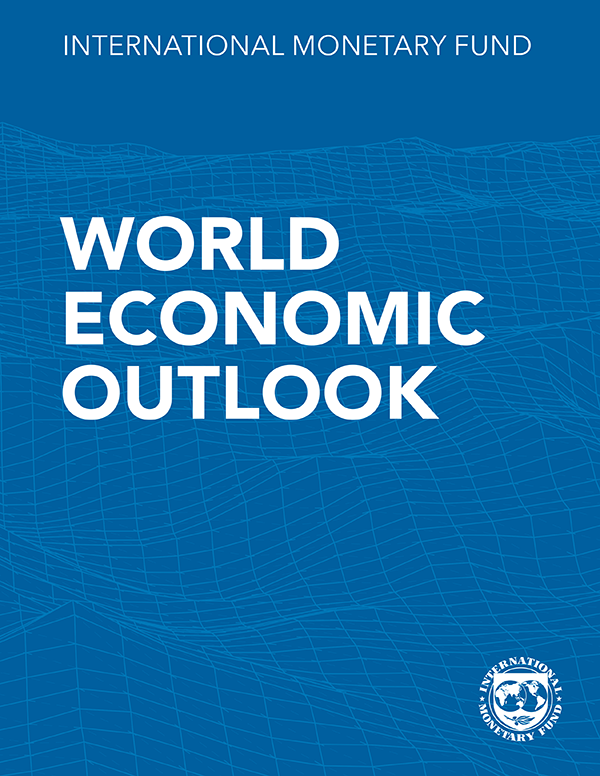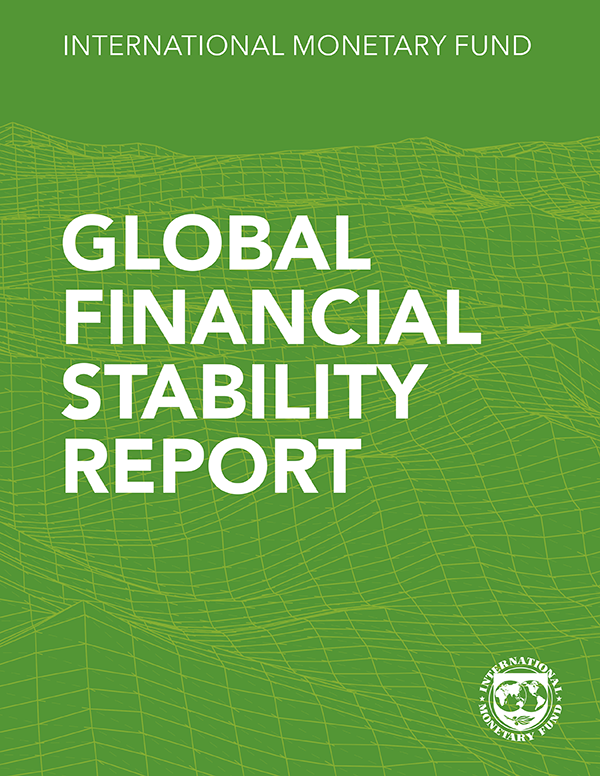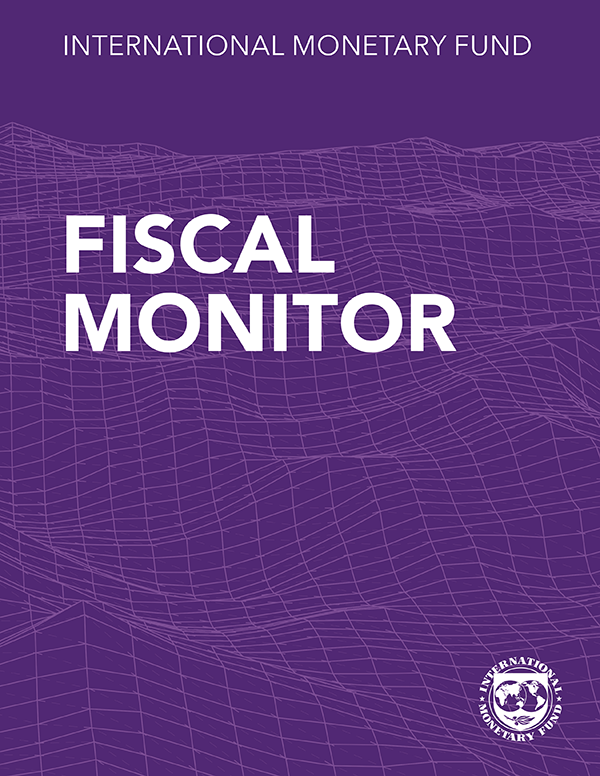Financial stability risks remain elevated amid stretched asset valuations, sovereign bond market pressures, and rising influence of nonbank financial institutions. Structural changes in foreign exchange and emerging market bonds bring new risks and resilience to these markets.
Financial stability risks remain elevated amid risks presented by stretched asset valuations, growing pressure in sovereign bond markets, and the increasing role of nonbank financial institutions (NBFIs).
Despite its deep liquidity, the global foreign exchange market remains vulnerable to macrofinancial uncertainty. Shocks can raise funding costs, widen bid-ask spreads, and intensify excess exchange rate return volatility. These pressures are amplified by structural vulnerabilities including currency mismatches, concentrated dealer activity, and greater NBFI participation. Stress in foreign exchange markets can spill over other asset classes, tightening broader financial conditions.
Increased local currency sovereign bond issuance and domestic absorption have supported emerging market resilience, but financial stability risks could arise from heavy borrowing, overreliance on narrow investor bases, and inadequate policy frameworks.
Chapter 1: Shifting Ground beneath the Calm: Stability Challenges amid Changes in Financial Markets
Recent months have seen elevated trade and geopolitical tensions, rising government debt, and continued growth of nonbank financial intermediaries (NBFIs) and stablecoins. Markets appear complacent to this shifting ground: valuations have returned to stretched levels since the April 2025 Global Financial Stability Report, and financial conditions have eased.
Financial stability risks remain elevated. Valuation models show risk asset prices well above fundamentals, raising the risk of sharp corrections. Sovereign bond markets face pressure from widening fiscal deficits, while stress tests reveal greater interconnectedness and maturity mismatches among banks and NBFIs that could amplify shocks. These vulnerabilities reinforce each other. An abrupt decline in asset prices or sharp rise in yields could strain banks’ balance sheets and pressure open-ended funds. Greater interconnectedness between banks and NBFIs would intensify the transmission of shocks across the financial system.
Policymakers should remain vigilant. Priorities include preserving central bank operational independence in addressing inflation, curbing government deficits, and advancing internationally agreed prudential standards such as Basel 3. Strengthening financial safety nets, enhancing oversight of NBFIs, and regulating stablecoins effectively are also essential to safeguard global financial stability.
Chapter 2: Risk and Resilience in the Global Foreign Exchange Market
The foreign exchange (FX) market has evolved into the world’s largest and most liquid financial market, driven largely by rising participation of nonbank financial institutions and increased use of derivatives. This growth may have enhanced market liquidity and expanded risk diversification opportunities, it has also introduced greater complexity and interconnections—leaving the market susceptible to more stress. This chapter examines how episodes of heightened macrofinancial uncertainty affect FX market functioning and its potential implications for financial stability. During periods of uncertainty, flight-to-quality dynamics and stronger demand for hedging tend to raise foreign currency funding costs, widen bid-ask spreads, and amplify excess exchange rate return volatility. These strains are exacerbated by structural vulnerabilities such as significant currency mismatches on balance sheets, concentrated dealer activity, and elevated participation by nonbank financial institutions. Stress in the FX market can spill over into other asset classes, tightening overall financial conditions, especially in economies with significant currency mismatches or weaker fiscal positions. The continued expansion of FX trading has heightened settlement risks—the possibility that one party will deliver currency without receiving the countervalue—and exposed the market to operational risks, including technical failures and cyberattacks. Policymakers can mitigate these risks by enhancing surveillance, ensuring adequate buffers at financial institutions, and strengthening the global financial safety net and operational resilience.
Chapter 3: Global Shocks, Local Markets: The Changing Landscape of Emerging Market Sovereign Debt
The chapter examines the evolution of emerging market and developing economies’ sovereign debt markets against a backdrop of rising debt levels, heightened vulnerabilities to global shocks, and reduced interest from global investors given lagging performance of emerging market debt. It contrasts major emerging markets that have largely been able to expand borrowing through increased local issuance to local investors, with other emerging and frontier markets that have needed to rely on shorter maturity financing from domestic banks and the central bank, as well as foreign currency debt. This could deepen the divergence between more resilient and more vulnerable economies if shocks appear. New empirical analysis shows that countries with deeper local investor bases have indeed experienced greater resilience to global shocks over the last 15 years. However, more domestic buyers are not always better; the chapter also examines risks that may stem from an overreliance on a narrow group of domestic investors, especially if driven by financial repression. The chapter concludes with policy recommendations to develop strong and resilient local currency bond markets. While improving macroeconomic fundamentals remains essential, a strong policy frameworks and robust financial market systems are also critical. Foundational market infrastructure must be developed, legal certainty provided, and sovereign debt management practices strengthened.
Publications

-
September 2025
Finance & Development
- Stablecoins and the Future of Finance

-
July 2025
- Global Imbalances in a Shifting World
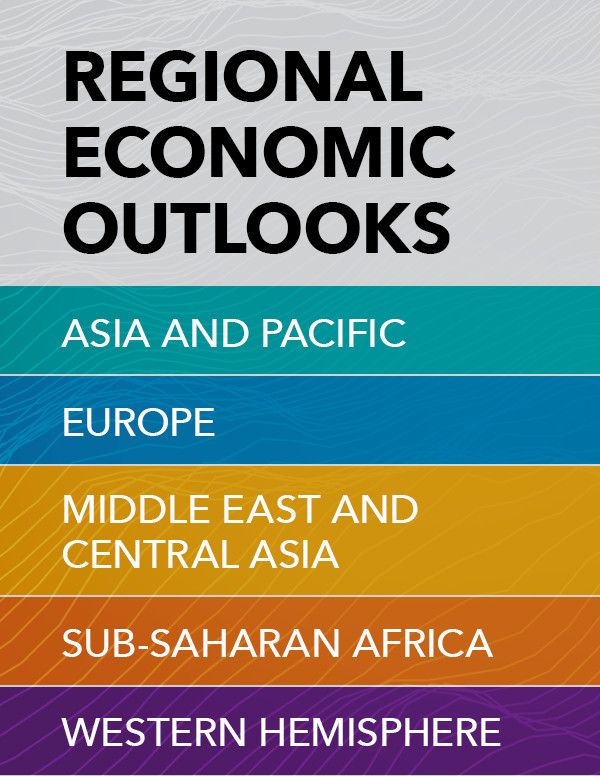
-
Regional Economic Outlooks
- Latest Issues





